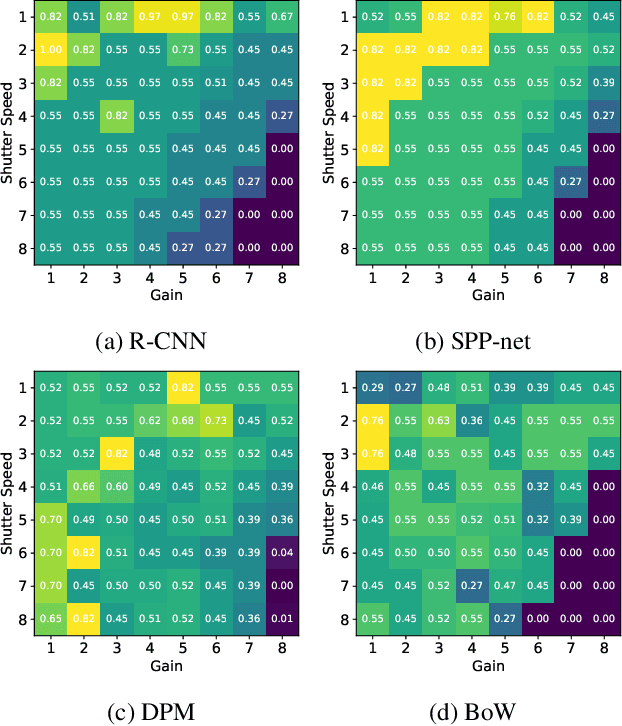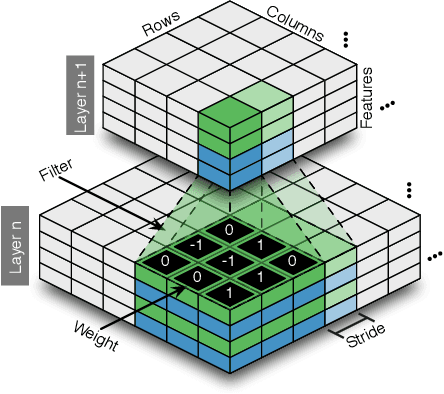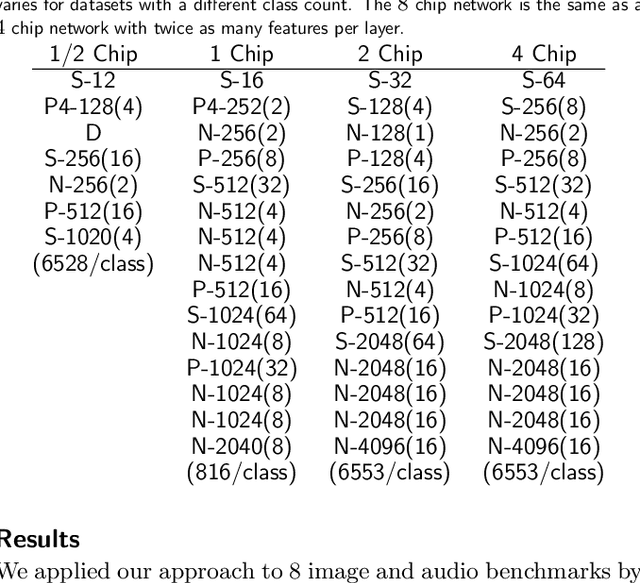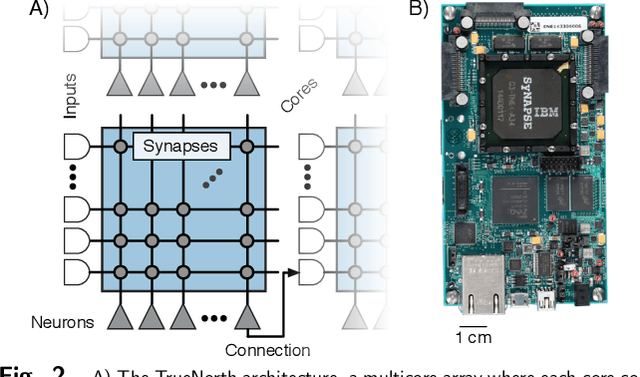Alexander Andreopoulos
A Possible Reason for why Data-Driven Beats Theory-Driven Computer Vision
Sep 06, 2019



Abstract:Why do some continue to wonder about the success and dominance of deep learning methods in computer vision and AI? Is it not enough that these methods provide practical solutions to many problems? Well no, it is not enough, at least for those who feel there should be a science that underpins all of this and that we should have a clear understanding of how this success was achieved. Here, this paper proposes that the dominance we are witnessing would not have been possible by the methods of deep learning alone: the tacit change has been the evolution of empirical practice in computer vision and AI over the past decades. We demonstrate this by examining the distribution of sensor settings in vision datasets and performance of both classic and deep learning algorithms under various camera settings. This reveals a strong mismatch between optimal performance ranges of classical theory-driven algorithms and sensor setting distributions in the common vision datasets, while data-driven models were trained for those datasets. The head-to-head comparisons between data-driven and theory-driven models were therefore unknowingly biased against the theory-driven models.
Convolutional Networks for Fast, Energy-Efficient Neuromorphic Computing
May 24, 2016



Abstract:Deep networks are now able to achieve human-level performance on a broad spectrum of recognition tasks. Independently, neuromorphic computing has now demonstrated unprecedented energy-efficiency through a new chip architecture based on spiking neurons, low precision synapses, and a scalable communication network. Here, we demonstrate that neuromorphic computing, despite its novel architectural primitives, can implement deep convolution networks that i) approach state-of-the-art classification accuracy across 8 standard datasets, encompassing vision and speech, ii) perform inference while preserving the hardware's underlying energy-efficiency and high throughput, running on the aforementioned datasets at between 1200 and 2600 frames per second and using between 25 and 275 mW (effectively > 6000 frames / sec / W) and iii) can be specified and trained using backpropagation with the same ease-of-use as contemporary deep learning. For the first time, the algorithmic power of deep learning can be merged with the efficiency of neuromorphic processors, bringing the promise of embedded, intelligent, brain-inspired computing one step closer.
* 7 pages, 6 figures
 Add to Chrome
Add to Chrome Add to Firefox
Add to Firefox Add to Edge
Add to Edge